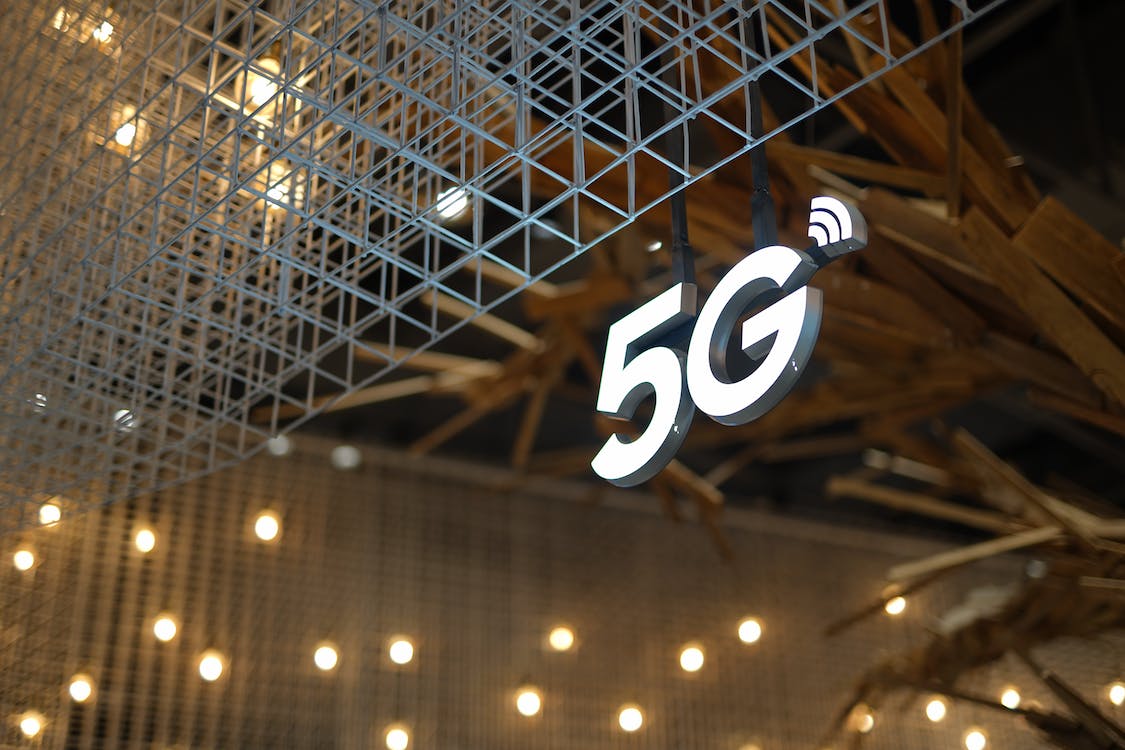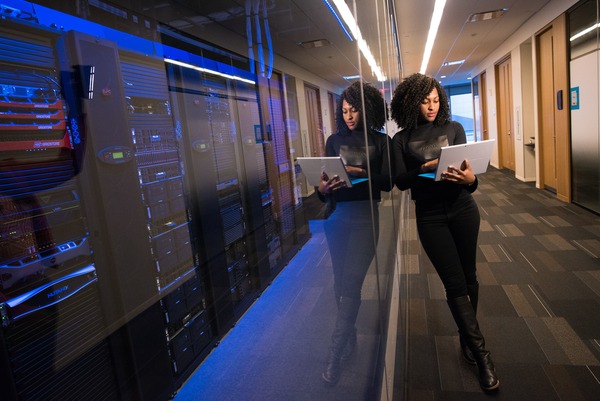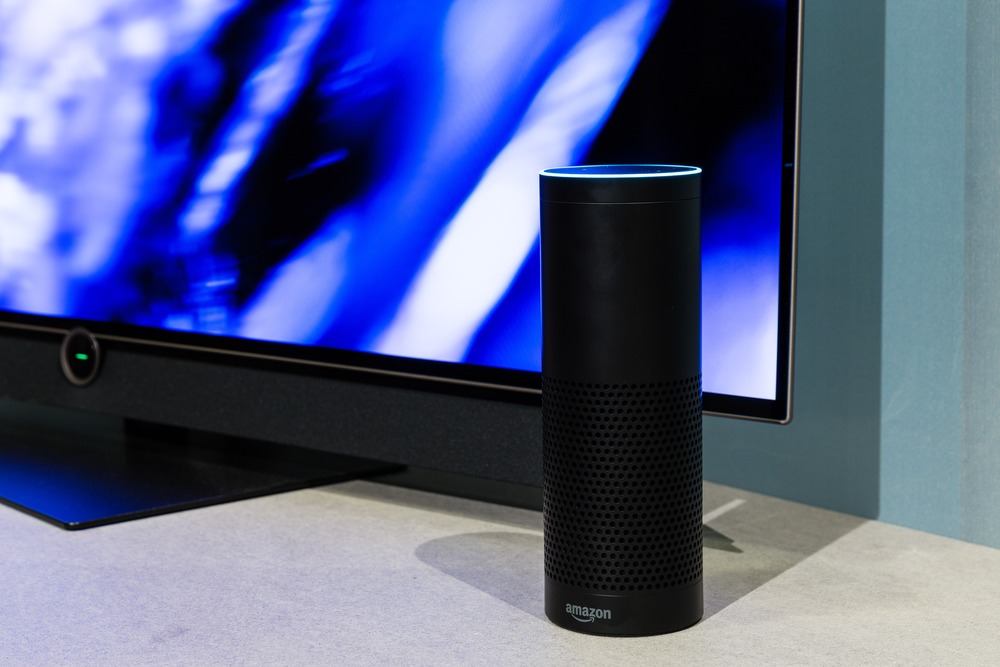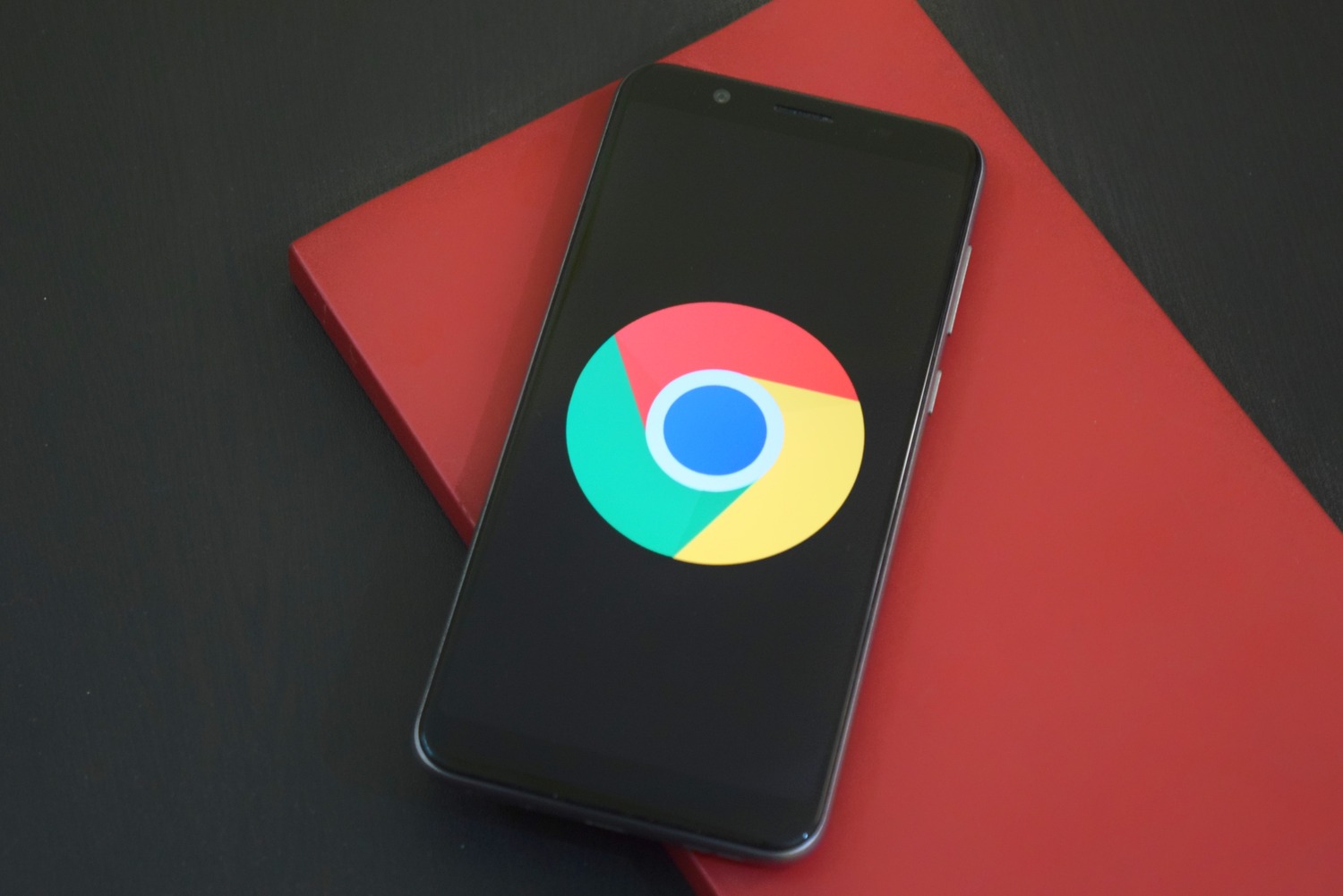What is 5g Technology?
What is 5g Technology?

To comprehend 5G, it is necessary first to learn what came before it. The first generation of mobile technology, 1G, was primarily about voice—the ability to use a phone in a car or away from home took hold here.
With the introduction of 2G, a short-messaging layer was introduced, elements of which can still be seen in today’s texting features. The transition to 3G provided the core network speeds required for the launch of smartphones.
And 4G, with its high data transfer rates, provided us with video with minimal buffering and gave rise to many of the connected devices and services on which we rely and enjoy today. People are now getting a taste of 5G and its transformative capabilities. According to 3GPP industry specifications, 5G has the potential to reach 20 Gbps speeds.
In terms of speed, latency, and capacity, it can outperform 4G LTE networks. It is one of the most powerful and long-lasting technologies in the world. That translates to faster downloads, less lag, and a significant impact on how we live, work, and play.
5G speed and other connectivity benefits are expected to increase business efficiency and give consumers faster access to more information than ever before. 5G networks will power smart stadiums, connected cars, and advanced gaming.
How does 5G operate?
To date, 5G technology requires an existing 4G network to establish a connection, so it does not work independently. This is why it is known as 5G non-standalone (5G NSA). The full potential of 5G will be realized only with independent networks (5G standalone, 5G SA), upgraded transmission tower technology, and compatible devices.

Faster data transmission is possible with higher frequency ranges.
In comparison to LTE, 5G uses new frequency ranges and far more antennas. While LTE uses frequencies below 3 GHz in particular, the 5G frequency range extends to 6 GHz and is expected to be expanded in the long run to include frequencies ranging from 24 GHz to a maximum of 100 GHz.
This means that significantly more data transmission bandwidth is available. However, widespread 5G coverage necessitates far more base stations than LTE. This is because the higher the frequency, the more data can be sent. At the same time, the range narrows proportionally.
Beamforming allows for targeted radio coverage.
“Beamforming” active antenna technology increases radio coverage capacity and efficiency. Unlike passive antennas, which radiate signals aimlessly in all directions, 5G masts with active antennas can direct radio waves to specific devices within the transmission radius, allowing them to be tailored to the requirements of the time.
Beamforming is already used in LTE, albeit in a less mature form.
Network slicing: an optimized network for each need.
One of the most significant technological innovations of 5G is the ability to divide the network into application-specific layers based on requirements and to operate multiple virtualized subnetworks at the same time.
This is based on network functions virtualization (NFV) and software-defined networking technologies (SDN). The 5G network is divided into several slices, which is why it is also known as “network slicing.” Each layer or portion is tailored to a specific need:
Enhanced Mobile Broadband (eMBB): for the quickest connections with the highest data rates (e.g., ultra-high-resolution video streaming)
Massive Machine Type Communication (mMTC): for as many connections as possible while maintaining relatively low data rates and energy consumption (e.g., Internet of Things)
Ultra-Reliable Low-Latency Communications (uRLLC): for the most reliable low-latency connections (e.g., self-driving vehicles and industrial automation),
This subdivision allows a wide range of applications to be provided with the resources they require. As a result, the 5G network can be adaptable to specific customer groups, services, and market segments.
Concerns About 5G Security
To avoid increasing hacking risks, 5G cybersecurity requires significant improvements. Some security concerns stem from the network itself, while others concern the devices that connect to 5G. However, both aspects endanger consumers, governments, and businesses.
Here are a few of the main concerns about 5G and cybersecurity:
- Security is decentralized
Pre-5G networks had fewer hardware traffic points of contact, making security checks and maintenance easier. The traffic routing points in 5G’s dynamic software-based systems are far greater. All of these must be monitored to be completely secure.
Because this may be difficult, unsecured areas may endanger other network parts.
- More bandwidth will put current security monitoring systems under strain
While existing networks have limitations in terms of speed and capacity, this has enabled providers to monitor security in real-time. As a result, the benefits of a more extensive 5G network may harm cybersecurity.
The increased speed and volume will force security teams to devise new methods for mitigating threats.
- Many IoT devices are made with inadequate security
As seen with many low-end intelligent devices, not all manufacturers prioritize cybersecurity. More utility and potential for IoT with 5G. As more devices are encouraged to connect, there will be billions of devices with varying levels of security, which means billions of potential breach points.
Smart TVs, door locks, refrigerators, speakers, and even minor devices like a fish tank thermometer can be a network vulnerability. Because there are no security standards for IoT devices, network breaches and hacking are possible.
“Early in the connection process, a lack of encryption reveals device information that can be used for device-specific IoT-targeted attacks”
This information allows hackers to determine which devices are connected to the network. Operating system and device type (smartphone, vehicle modem, etc.) details can help hackers plan their attacks more precisely.
Cybersecurity flaws can manifest themselves in a wide range of attacks. Among the known cyber threats are:
- Botnet attacks use a network of connected devices to orchestrate a large-scale cyberattack.
- DDoS attacks overload a network or website, causing it to go offline.
- Man-in-the-Middle (MiTM) attacks to intercept and alter communications between two parties invisibly.
- If someone knows a little about broadcast paging protocols, they can perform location tracking and call interception.
Wrapping up
5G will be able to meet the demand for 1000-fold traffic growth indefinitely. 5G will provide users with access data rates comparable to fiber and a “zero” latency user experience.5G will be capable of connecting 100 billion devices.
5G will provide a consistent experience in various scenarios, including those with extremely high traffic volume density, extremely high connection density, and extremely high mobility.
5G will also be able to provide intelligent optimization based on services and user awareness, increasing energy and cost efficiency by hundreds of times, allowing us all to realize the “Information at the tip of a finger, everything in touch,” according to the 5G vision.







